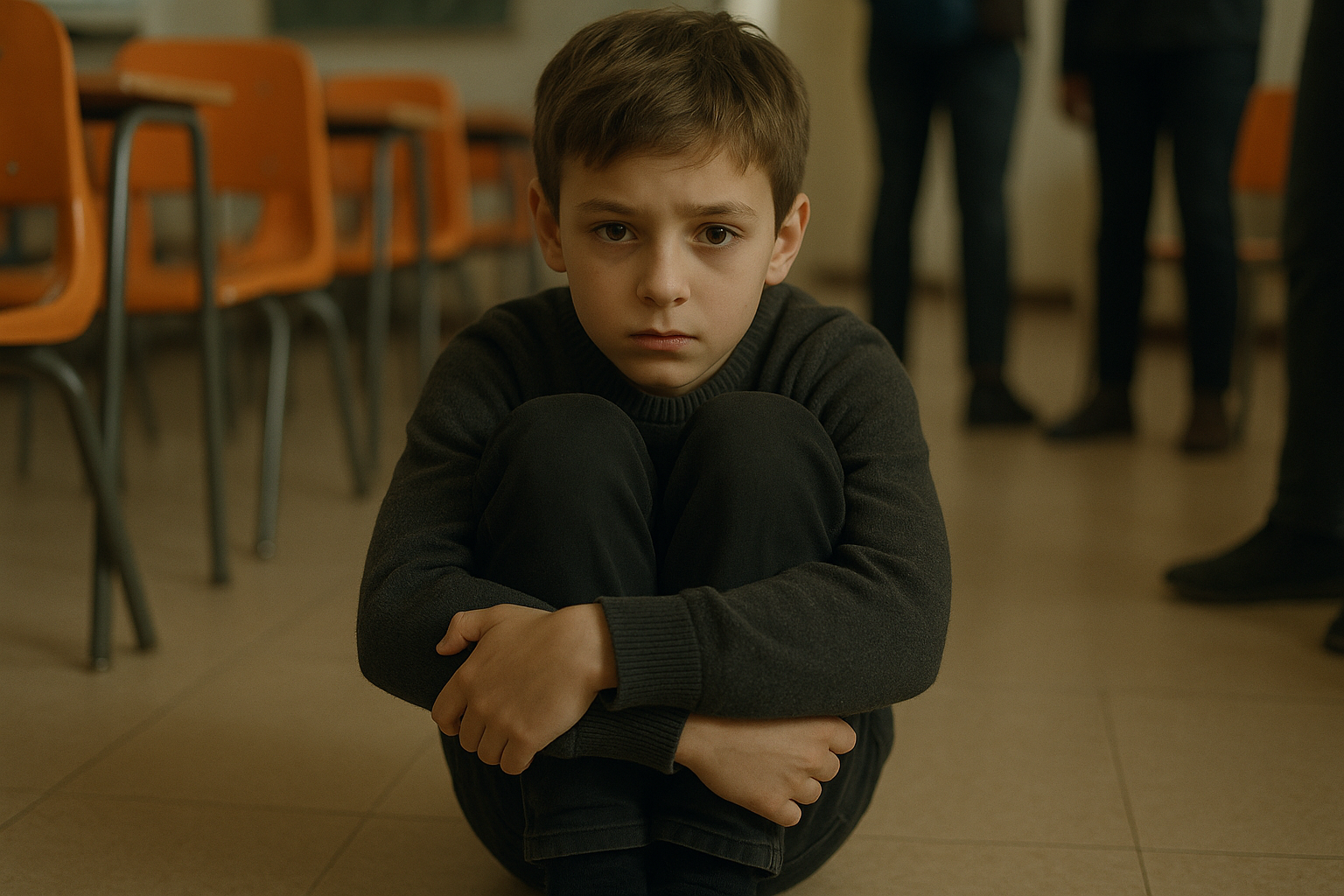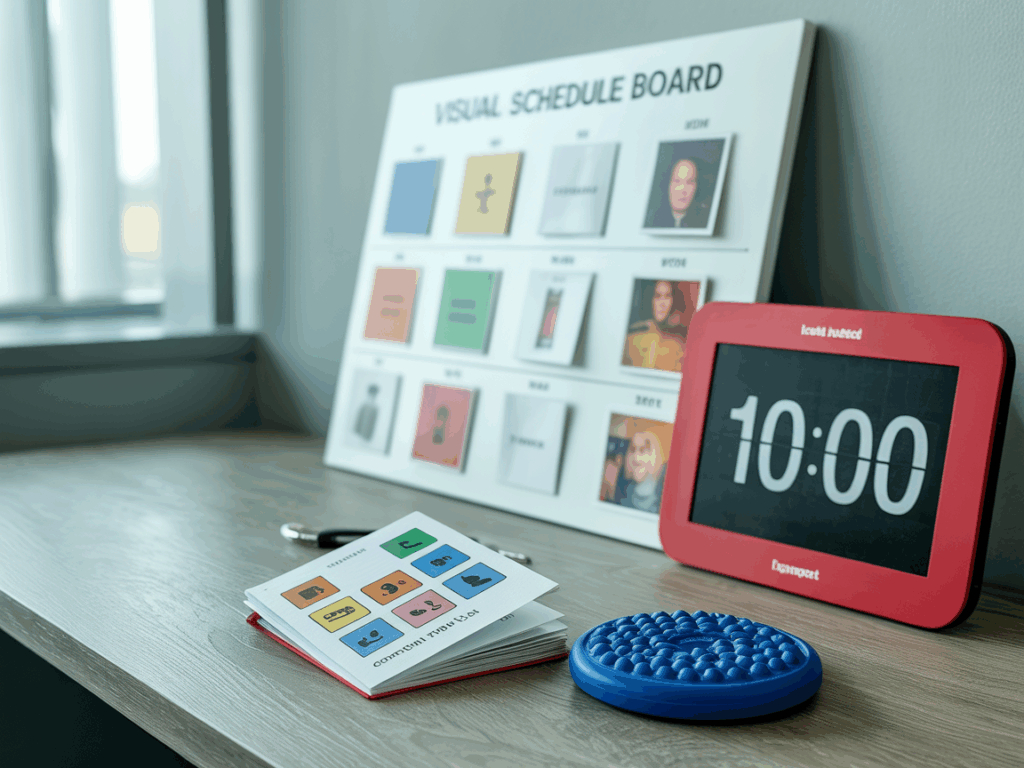For many families, September marks the return to school, new routines, and shifting schedules. While these changes can be exciting, they can also bring challenges—especially for children with autism spectrum disorder (ASD). The shift from summer to the school year often requires adjustments in daily structure, social interactions, and sensory environments. Understanding how to support your child during this time can help make the transition smoother and more positive.
Why September Transitions Can Be Challenging
Children with autism often thrive with predictable routines and familiar environments. September transitions, however, introduce many changes all at once, such as:
- New classroom environments
- Different teachers and support staff
- Changes in wake-up times and daily schedules
- Increased sensory demands from noisy or crowded school settings
- Shifts in social expectations and peer interactions
These adjustments can sometimes lead to increased anxiety, emotional regulation challenges, or behavioral difficulties. With intentional preparation and support, families can help children adapt successfully.
Start Preparing Before September
Gradual preparation can ease the transition and reduce stress. Here are some practical steps:
1. Gradually Shift Sleep and Wake Times
In the weeks leading up to the first day of school, start moving bedtime and wake-up time closer to the school schedule. This step-by-step change helps your child’s body adjust naturally without a sudden disruption.
2. Practice the New Routine
Children with autism often benefit from rehearsing what’s ahead. You might:
- Walk through the morning routine together
- Practice the route to school
- Use visual schedules to show the sequence of daily events
Repetition and visual supports can make the unknown feel familiar.
3. Visit the School in Advance
If possible, arrange for your child to meet their new teacher, explore the classroom, and become familiar with key areas like the cafeteria or playground before the first day. A sensory-friendly school visit can help reduce anxiety.
Using Visual Supports
Visual supports are powerful tools for easing transitions. Consider creating:
- Visual schedules showing the sequence of activities
- Social stories explaining what will happen and how to respond
- Checklists for daily tasks such as packing a backpack
These resources provide clarity, reduce uncertainty, and give children a sense of control.
Focusing on Sensory Needs
Changes in environment often bring new sensory experiences, which can be overwhelming for children with autism. Supporting sensory regulation can make the transition less stressful:
- Pack comfort items, such as noise-canceling headphones or a small fidget tool
- Advocate for sensory breaks at school
- Work with teachers to create a calm space your child can access if needed
Collaborating with Educators
Open communication with your child’s teacher and support team is key. Share information about:
- Your child’s sensory preferences and sensitivities
- Effective communication strategies
- Any successful calming techniques used at home
Establishing this connection early in the school year ensures that your child’s needs are understood and supported from day one.
Supporting Emotional Regulation
September transitions can stir a mix of emotions. Help your child name their feelings and develop coping strategies, such as:
- Deep breathing exercises
- Short movement breaks
- Using a calm-down corner at home
Consistently modeling calm responses to change can also reinforce positive coping skills.
Maintaining Consistency at Home
While school schedules will bring new demands, keeping home routines as consistent as possible can provide a sense of stability. For example:
- Maintain regular mealtimes
- Set predictable times for homework and relaxation
- Keep bedtime rituals the same each night
These predictable elements can serve as an anchor during times of change.
Celebrating Small Successes
Every milestone—big or small—deserves recognition. Whether your child navigates the bus ride independently, completes a new classroom task, or simply feels more comfortable in the school environment, acknowledging these achievements builds confidence and motivation.
When Additional Support is Needed
If your child is experiencing ongoing difficulties adjusting, professional support can help. Applied Behavior Analysis (ABA) therapy, for example, can provide strategies tailored to your child’s needs, focusing on communication, social skills, and daily living skills.
Helping September Feel Like a Fresh Start
While September transitions can feel daunting, they also offer opportunities for growth, learning, and building resilience. By preparing in advance, supporting sensory and emotional needs, and fostering strong school-home communication, you can help your child feel confident and capable in their new environment.
Contact us to learn more about how our team can support your family during back-to-school transitions.


